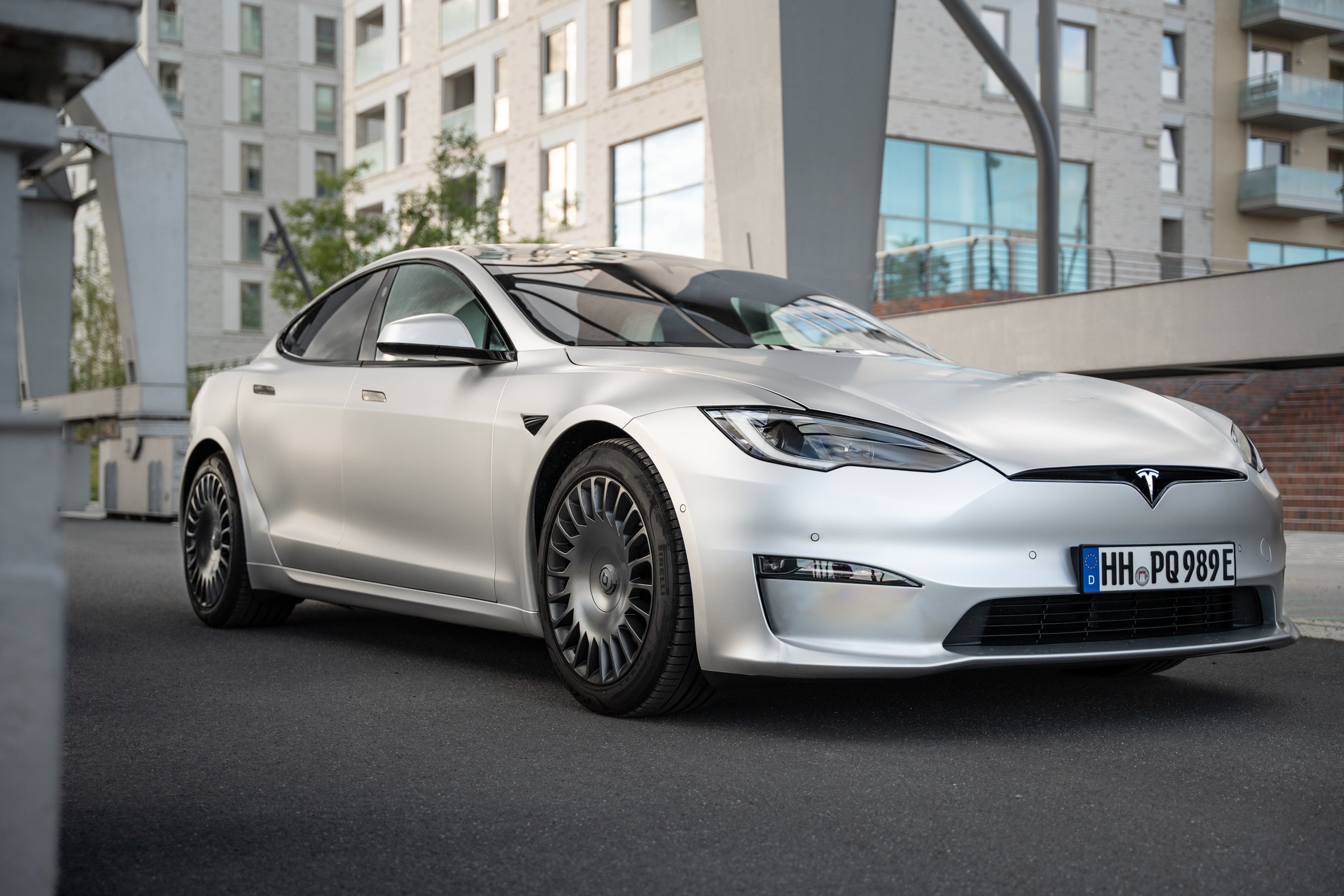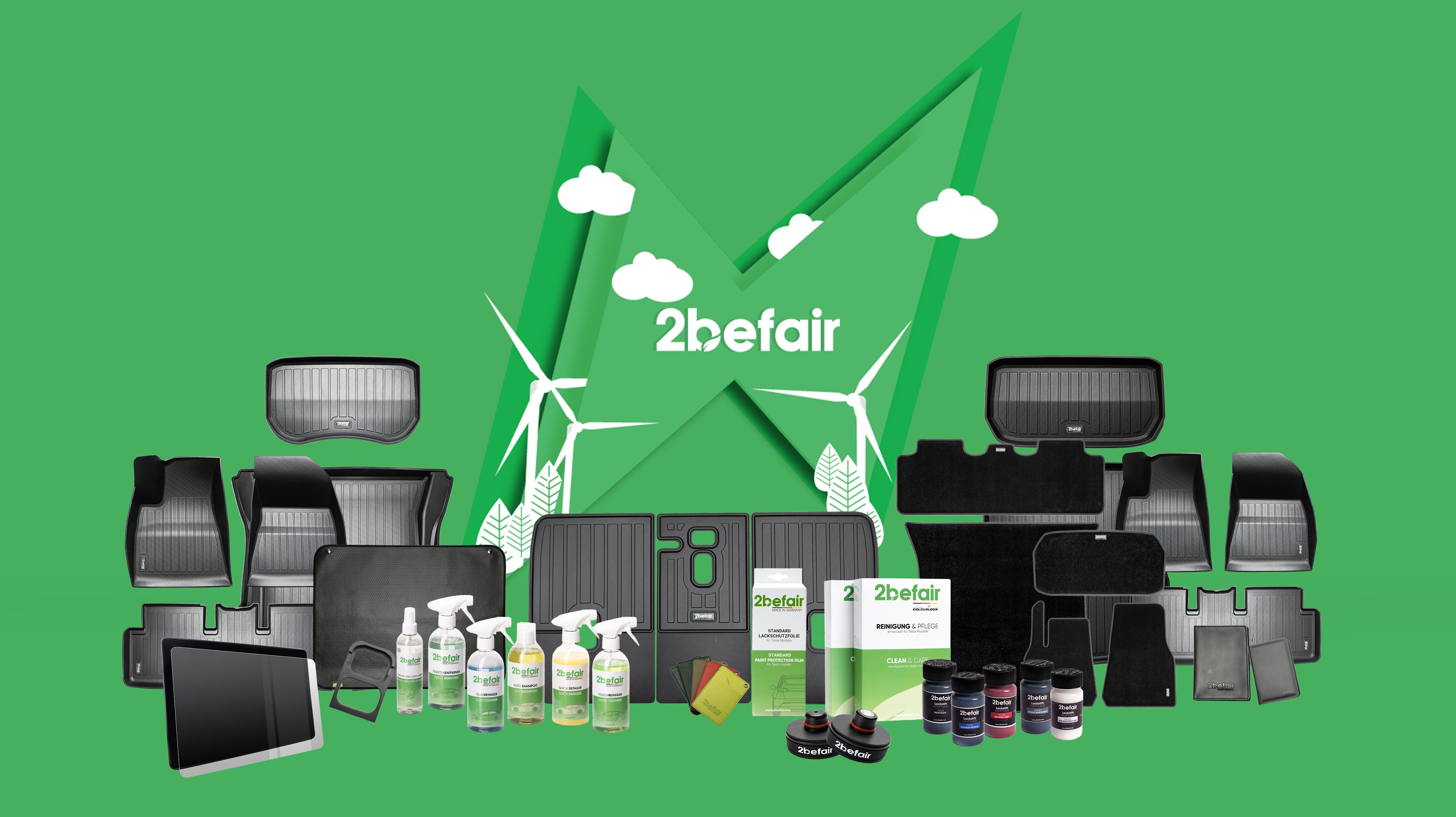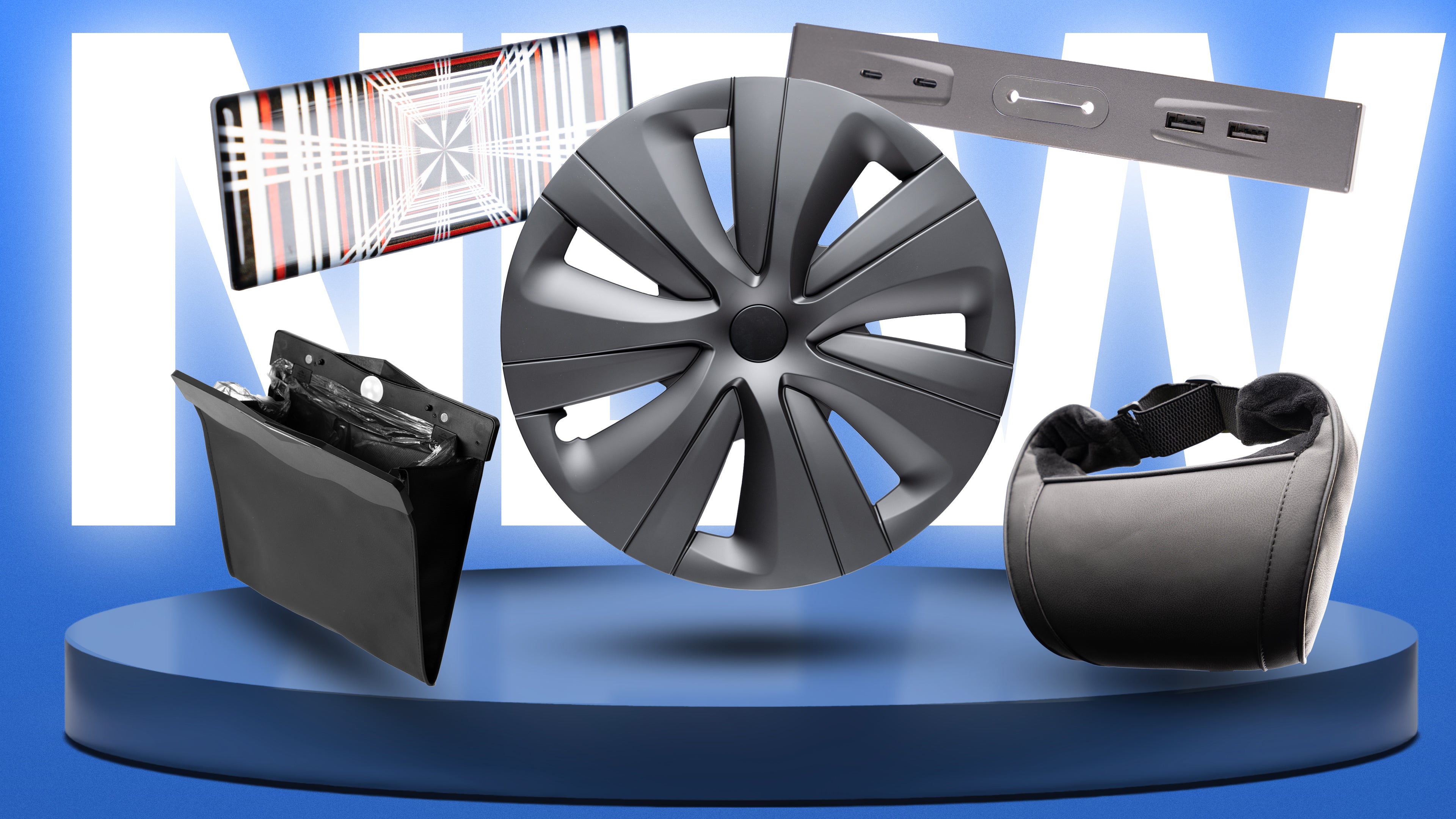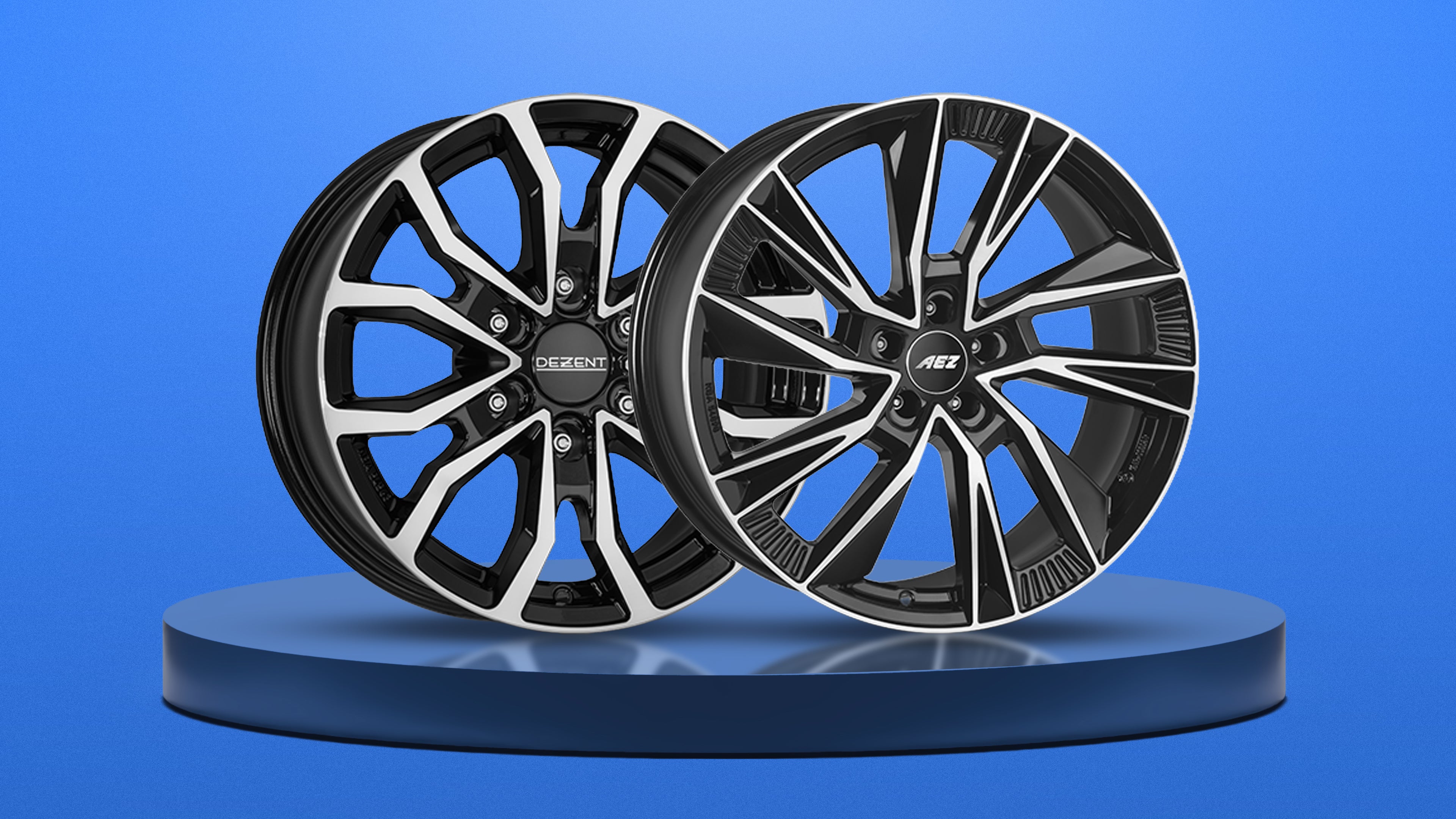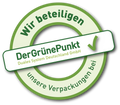Tesla-CEO Elon Musk has ushered in a new era of mobility: In June 2025, the first chargeable Tesla-robotaxi service in Austin, Texas. After years of announcements and technological advances, Musk now wants to take autonomous driving to a whole new level.
With Tesla's Full Self-Driving (FSD) technology the Robotaxis operate without a driver - a bold step that could revolutionize the transport industry. But how realistic is this timetable? What challenges do Tesla still to come?
🚀 Tesla's robotaxi plans: the next big step in autonomous mobility
For years, Elon Musk has been pursuing the vision of a fully autonomous future. While the Q4 2024 Earnings Call he confirmed that Tesla the first commercial robotaxi service in summer 2025. will start in Austin.
📌 Key facts about Tesla's Robotaxi service:
✅ Launch date: June 2025
✅ Location: Austin, Texas
✅ Technology: Tesla's advanced FSD Unsupervised software
✅ Target: A nationwide robotaxi fleetwhich is to be deployed in several US cities in the long term
Elon Musk emphasizes:
📢 "I'm confident that all transportation - including airplanes - will be electric and autonomous. It's inevitable."
This bold prediction underlines Musk's conviction that sustainable mobility is the future - with or without government support.
🔍 What makes Tesla's Robotaxis special?
Tesla It stands out in several ways from other autonomous driving services such as Waymo and Cruise :
💡 1. no expensive lidar system:
While competitors rely on lidar sensors use lidar sensors, the Tesla exclusively cameras and neural networks. This reduces costs and enables scalable implementation.
💡 2. bidirectional charging & 48-volt architecture:
The new Tesla-models, which are used as robotaxis, are equipped with intelligent charging systemsto charge energy between vehicles or back into the grid.
💡 3. self-cleaning interiors:
Tesla Tests automated cleaning systemsto optimize the autonomously disinfect and maintain vehicles between journeys.
💡 4. scalable infrastructure:
Tesla Already has Supercharger stations established worldwide - an advantage for the nationwide introduction of the Robotaxi network.
⚡ Autonomous driving: Tesla's key competitive advantage?
While the competition from Waymo, Cruise, General Motors and BYD is growing, sets Tesla on a comprehensive full self-driving strategy.
📊 Comparison Tesla vs. Waymo & Cruise
| Criterion | Tesla | Waymo | Cruise |
|---|---|---|---|
| Sensor technology | Cameras + AI | Lidar + Cameras | Lidar + Cameras |
| Scalability | Global | City bound | City bound |
| Commercial operation | 2025 (Austin) | Runs in SF & Phoenix | Runs in SF |
| Cost efficiency | ✅ | ❌ More expensive | ❌ More expensive |
Musk believes:
📢 „Tesla Will offer the most affordable and efficient robotaxi service. Our scaling capabilities are second to none."
But: The launch of FSD Unsupervised in practice remains a huge regulatory hurdle.
⚠️ Challenges: Will Tesla overcome the regulatory hurdles?
🛑 1. legal restrictions
Many states have strict safety regulations for autonomous driving. Without official approvals, Tesla's plan could come to a standstill.
🛑 2. safety concerns
Waymo and Cruise have already had accidentswhich makes public acceptance of robotaxis more difficult. Tesla must prove that FSD is safer than a human driver.
🛑 3. political uncertainty
With the possible return of Donald Trump to the White House, the US policy towards electric cars and autonomy could change. Will Tesla lose government support?
📢 Elon Musk is relaxed:
"Sustainable, autonomous mobility is unstoppable. Those who don't recognize it will be left behind."
🔮 Conclusion: revolution or exaggerated promises?
🔥 Tesla drives the future of autonomous driving forward - but many challenges remain.
🔥 The robotaxi launch in Austin could be a turning point - or the next delay in Tesla's FSD strategy.
🔥 The coming months will decide whether Tesla the breakthrough.

















